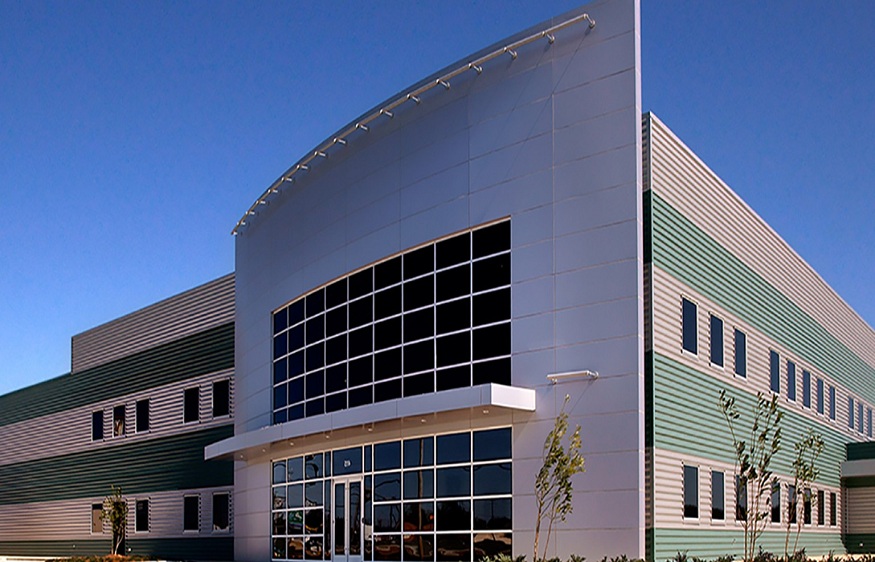There is a diverse variety of enterprises in the construction materials sector that are involved in the mining, processing, and processing of raw materials that are used in both heavy and light construction. This business makes use of a variety of materials, including cement, sand and gravel, clay, concrete, and limestone. One of the most important factors to consider when determining which materials to employ in building projects is the cost of materials at the time of their acquisition. In addition to economic expenses, costs resulting from environmental and resource consumption, as well as social considerations, must be taken into account when selecting building materials.
Despite the fact that the sector had substantial challenges in 2020 as a consequence of the COVID-19 (coronavirus) pandemic, the industry has started to recover as a result of better circumstances in the residential and non-residential building markets. Due to a global outbreak of coronavirus as well as the end of the longest economic upswing in United States history, the country is experiencing some troubles. Generally speaking, the coronavirus pandemic has had a negative impact on demand for industrial services across the economy since states have restricted the sorts of building projects that may be undertaken. Because of the limited number of projects available for bidding, the sector’s income is expected to drop in 2020 as price-based rivalry heats up and manufacturing enterprises undercut their competitors.
It is necessary to analyze the history of the metal building market in order to comprehend it now. During the expansion of the steel market across North America, engineers began to recognize the spanning capabilities and cost benefits that steel building offered. As a result of the strength and reduced cost of steel, it soon gained favor in the construction of agricultural items such as grain bins, which would serve as the starting point for the development of numerous metal building manufacturers.
During World War II, the pressing demand for hangers, storage buildings, and barracks propelled the use of metal panels as well as components into the early stages of the development of metal building structures. These early metal buildings were able to be constructed in a short period of time, carried readily to a place, and then swiftly erected. Following World War II, the advantages of these construction technologies were immediately transferred from military purposes to the construction of industrial and agricultural structures.
Market Forecast for Pre-Engineered Buildings through 2026
According to estimates, the worldwide pre-ngineered buildings market was worth $12,561.8 million in 2018, and it is expected to expand to $37,807.3 million by 2026, rising at a compound annual growth rate (CAGR) of 14.5 percent from 2019 to 2026. A pre-engineered building is a mechanism for enclosing a structure. It consists of a specific building framework, as well as wall cladding and a roofing system. It is constructed by pre-engineered building makers in accordance with the needs of the customer, employing the most appropriate inventory of raw materials available. Rigid frames, plate steel, roof beams, and columns are used in the construction of its structural systems. Its advantages include shorter construction times, single-source accountability, energy-efficient roofing, and wall systems, architectural diversity, cheaper costs, quality control, minimal maintenance, huge clear spans, and the ability to expand as the project requires.
In emerging nations such as India, China, as well as Brazil, industrialization and urbanization are accelerating at a rapid pace, which is fueling the expansion of the pre-engineered construction industry. Due to a surge in investment industries, there is a significant need for the development of commercial complexes and buildings, as well as workshops. Aside from that, the rising urbanization and population expansion are increasing the need for pre-engineered structures. Examples include Metsä Group, which invested over US$2 billion in pre-engineering structures to develop its bio product mill in Finland and Rauma, as recently as April 2019.
There were several reasons that contributed to the expansion and success of the metal building sector, but the relationship and cooperation between manufacturers as well as contractors were the most important. The success of the other was critical to both companies’ ability to develop the market, create innovation, and continue to fulfill the demands of their respective customers. This long and fruitful history of partnership has assisted metal structures in gaining attention for what they truly are: one of the most energy-efficient and low-cost construction solutions available. On the basis of structure, application, and geography, the worldwide pre-engineered buildings market can be divided into three categories. The market is divided into two types of buildings based on their structure: single-story and multi-story. Furthermore, the single-story category garnered the highest proportion of revenue during the projected period, while the multi-story segment is predicted to expand throughout the same time. Furthermore, a surge in the use of pre-engineered structures for office buildings, large retail outlets, and other construction projects is likely to create profitable chances for the expansion of the multi-story building industry.

